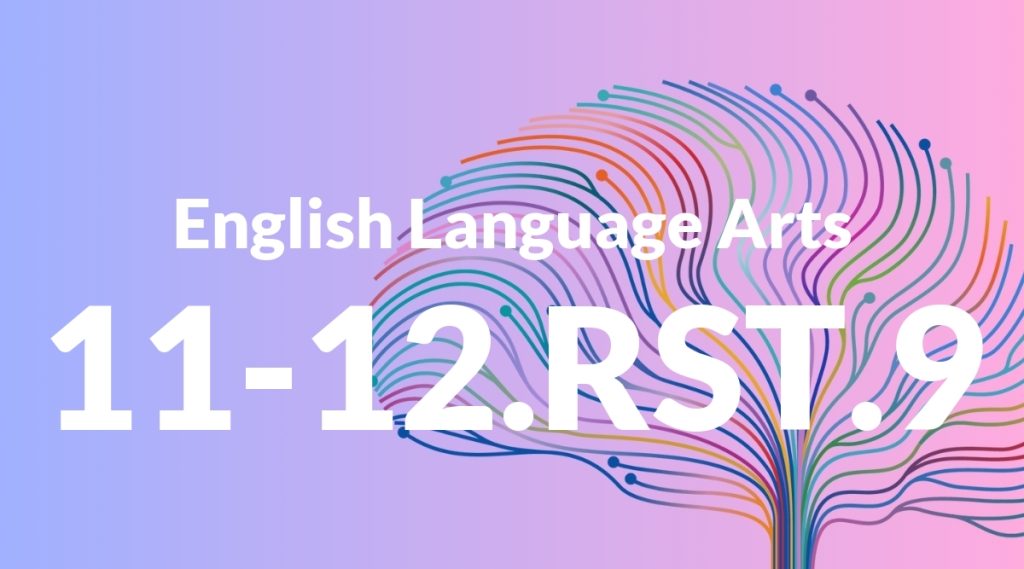Standard: 11-12.RST.9 – Synthesize information from a range of sources (e.g., texts, experiments, simulations) into a coherent understanding of a process, phenomenon, or concept, resolving conflicting information when possible.
Grade level: Grade 11-12
Subject: English Language Arts
Domain: Science & Technical Subjects
Teacher Overview
This standard emphasizes the importance of synthesizing information from a variety of sources to develop a deep and coherent understanding of complex topics. It is crucial for students to learn how to integrate data from texts, experiments, and simulations, especially in fields that require technical and scientific literacy. Students should be comfortable with reading comprehension and basic research skills, and they should have experience summarizing individual texts or sources.
After mastering this standard, students will be able to critically evaluate and synthesize information from multiple sources, which is essential for advanced studies and professional work in technical and scientific fields.
Common Misconception 1
A common misconception is that all sources are equally credible. This is incorrect because sources vary in reliability and validity based on factors like author expertise, publication venue, and the presence of supporting evidence.
Intervention 1
An effective intervention is to teach students how to critically evaluate sources by examining author credentials, the context of publication, and the evidence provided. This can be done through guided practice and examples.
Common Misconception 2
Another misconception is that conflicting information cannot be resolved. This is not true, as conflicts can often be resolved by seeking additional sources, understanding the context, and analyzing the methodologies used.
Intervention 2
To address this, students can be taught strategies for resolving conflicting information, such as cross-referencing multiple sources, understanding different perspectives, and evaluating the robustness of the methodologies used.
Prerequisite Knowledge
Students should have a foundational understanding of reading comprehension, basic research skills, and the ability to analyze and summarize individual texts or sources.
Subsequent Knowledge
Students will develop advanced critical thinking skills, the ability to evaluate the credibility of sources, and the capability to create complex arguments and reports based on synthesized information.
Instructional Activities
- Group projects where students must integrate information from various sources to complete a task
- Research assignments that require comparing and contrasting different studies
- Simulated debates where students must defend a position using synthesized information
- Creating multimedia presentations that combine data from texts, experiments, and simulations




